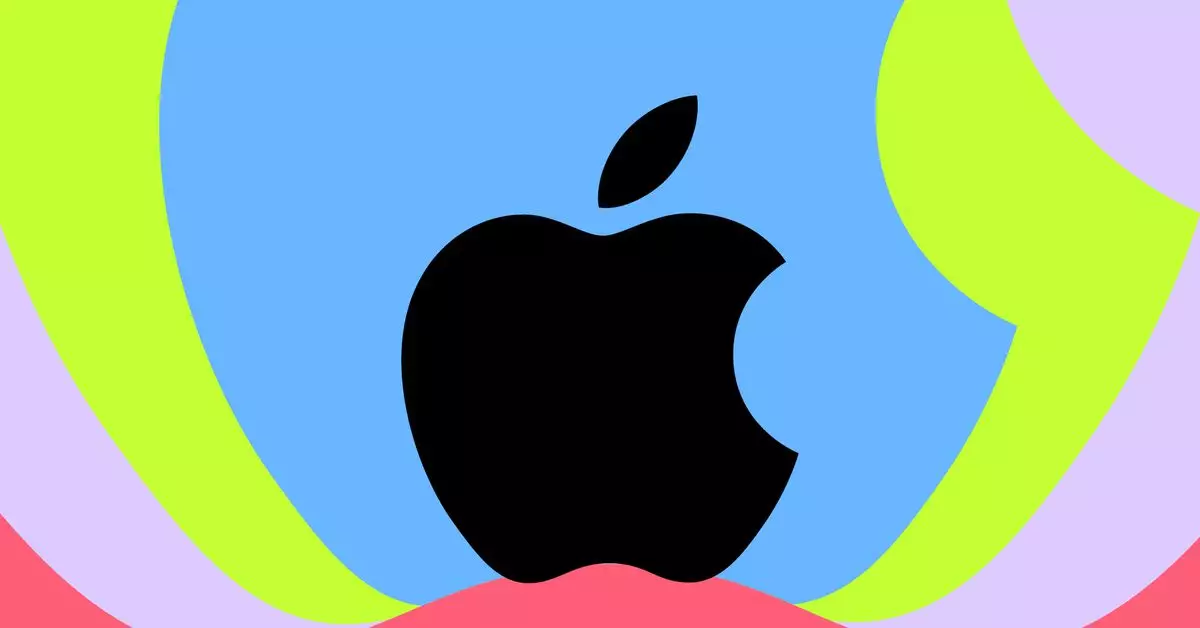As whispers of the iPhone 17 Air circulate through the tech community, it’s clear that Apple is gearing up for a revolutionary leap in smartphone technology. Expected to launch this fall, this latest model promises to redefine what users can expect from mobile devices, echoing the company’s legacy of innovation. The rumors point towards significant design changes, technological advancements, and a strategy that reflects Apple’s vision for the future of smartphones.
Preliminary reports indicate that the iPhone 17 Air will be about 2 millimeters thinner than its predecessors, measuring approximately between 5.5mm and 6.25mm in depth. This marks a substantial step towards achieving a sleek, ultra-portable device that aligns with trends toward minimalism in technology. The design philosophy echoes earlier successful products like the MacBook Air and iPad Air, known for their slim profiles. This focus on thinness is not merely a superficial enhancement; Apple appears to be laying the groundwork for the eventual development of foldable devices, which could transform the smartphone landscape.
Technological Innovations: A Testing Ground
The iPhone 17 Air is rumored to serve as a proving ground for Apple’s cutting-edge technologies. According to industry insider Mark Gurman, this device is expected to pilot the company’s first in-house cellular modem dubbed “Sinope,” following its introduction in the iPhone SE this spring. This transition to proprietary technology could signify a strategic shift aimed at reducing Apple’s reliance on third-party suppliers, potentially enhancing performance and integration across devices.
Moreover, the iPhone 17 Air may debut Apple-designed Wi-Fi and Bluetooth chips, further underscoring the company’s commitment to embodying vertical integration in its technological ecosystem. Such innovations could lead to improved connectivity and efficiency, positioning Apple at the forefront of smartphone technology.
In addition to its sleek design and advanced technology, the iPhone 17 Air is anticipated to feature a 6.6-inch ProMotion OLED display, offering variable refresh rates of up to 120Hz. This display will enhance user experience, particularly for gaming and scrolling, offering smoother motion and improved responsiveness that has been a hallmark of Apple’s Pro models.
Photography enthusiasts may find solace in the expected implementation of a single 48-megapixel camera on the rear, complemented by a 24-megapixel front-facing camera. This focus on enhanced imaging capabilities aligns with consumer demands for high-quality photography in smartphones, suggesting that Apple is paying close attention to user preferences.
With the iPhone 17 Air, Apple appears poised to not only set new benchmarks in design and technology but also to solidify its place as a leader in the competitive smartphone market. By prioritizing thinness, advanced in-house technologies, and enhanced user experiences through display and camera upgrades, the company is aligning itself with future trends and consumer expectations. As the fall launch approaches, tech enthusiasts and Apple fans alike eagerly await what promises to be another game-changing smartphone offering.

